Takis - Cosmos in Motion
at the Niarchos Cultural Centre.
A double pleasure: seeing 46 sculptures by Takis as well as visiting this iconic building and its wonderful park. We had a wonderful day. If you want to find out more about the building go here and here
We entered the building and moved on to the Agora
the national library on our right. If you want to learn more about the library go here
Panayiotis Vassilakis - known by the nickname Takis - became one of the most original artistic voices in Europe in the 1960s. He remains a ground-breaking artist today. Born in 1925 in Athens, the self-taught artist began by studying ancient sculpture before moving in a radically new direction. During WWII, Takis was active in the Resistance in occupied Greece and faced political persecution during the Greek Civil War that followed. To escape the stifling political climate and pursue his artistic career, he moved from Athens to Paris in 1954. While living in Paris in the mid-1950s, he started exploring the sculptural possibilities of electromagnetism. For Takis the 'visual qualities' of his work were irrelevant. 'What I was obsessed with was the concept of energy'.
At the other end of the reflective pool, three more sculptures.
In 1959, Takis made a leap from figurative art to a new form of abstraction, based on magnetic energy. He suspended metal objects in space using magnets, giving lightness and movement to what is usually gravity-bound and still. He was fascinated by the waves of invisible energy that he saw as 'a communication' between materials. Art critic Alan Jouffron described these works as 'telemagnetic'. 'Tele' meaning 'at a distance', suggests their relationship to technologies such as television and telephone.
Throughout the 1960s and 1970s Takis incorporated radar, antennae, aerials, dials and gauges into his sculptures. Although he approached these materials with knowledge about engineering and science, he consistently defined himself as an artist geared towards mythological thought. In his hands, technologies of warfare e and environmental destruction became monuments of beauty and contemplation: 'My desire as a sculptor was to learn to use this energy, and through it, to attempt to penetrate cosmic mysteries', he explained.
He produced various 'telemagnetic' installations in the early 1960s using plinths, walls and the ceiling of the gallery. The installations challenged the traditional conventions of sculpture. Waves of magnetic energy move through these spaces, holding the individual elements in suspension.
Early in his career, Takis began experimenting with how to use energy and movement in sculpture. 'What interested me was to put into iron sculpture a new, continuous and life force'... The result was in no way a graphic representation of a force but the force itself. Marcel Duchamp described Takis as 'the happy ploughman of the magnetic fields'.
This is a park for walking and enjoying. Wide avenues make walking easy whilst the planting is all around you
Aeolian Signal - Firework, 1957, (painted iron, aluminium)
Flower, 1978, (painted iron, bronze)
We reached the paved path that leads to the top of the building which is perched above this 32 metre artificial hill

Spheres - Mercury, Mars, Earth, Jupiter, Uranus, Saturn, Neptune (Iron, copper, painted iron, iron, inox, inox)
Takis' Signals resemble radio receivers. For him, they are 'like electronic antenna, like lightning rods... They constituted a modern hieroglyphic language'.
Electric Barrels, 2012, (photovoltaic panel, electrical circuit, painted iron, lamps, battery)
Aeolian, 1987, (painted iron, polysterene)
Spiral, 1986, (painted iron)
Spiral, 1986, (painted iron)
as well as smaller ones
getting ready to play
If you want to read about Takis' exhibition at Tate Modern, you can see it here








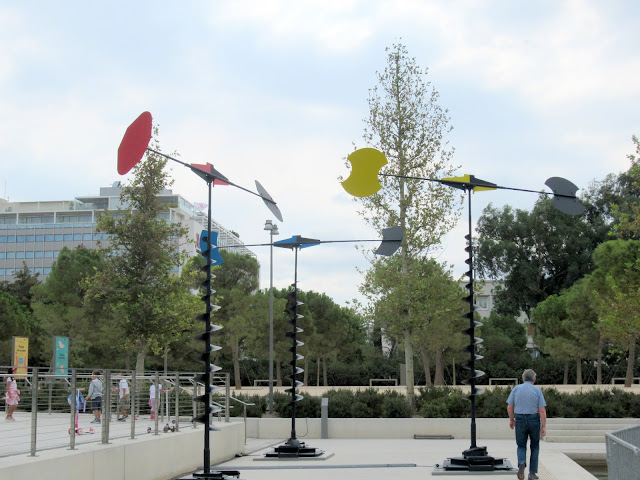

















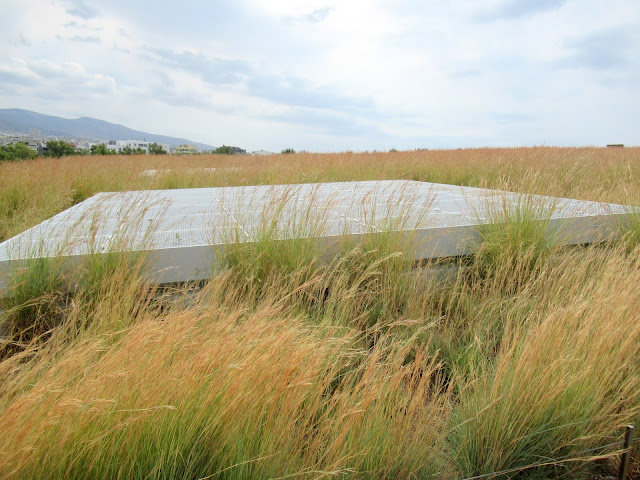





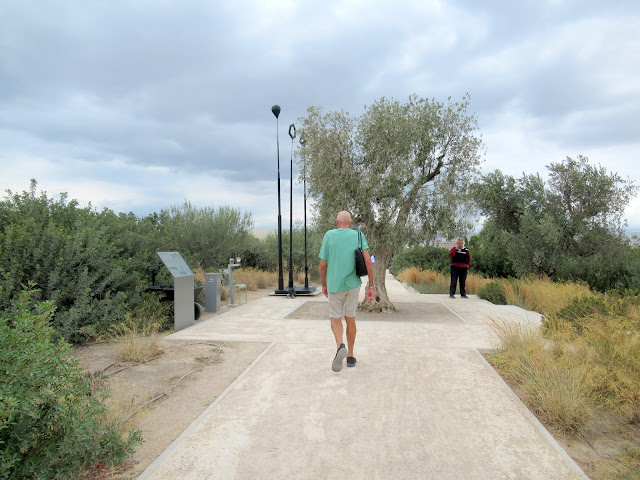
















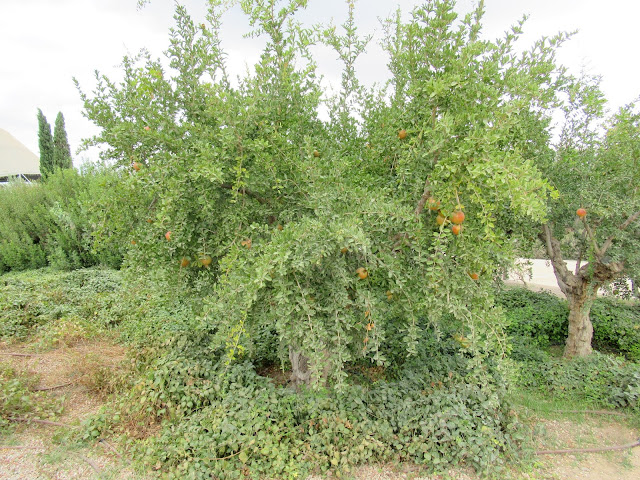
















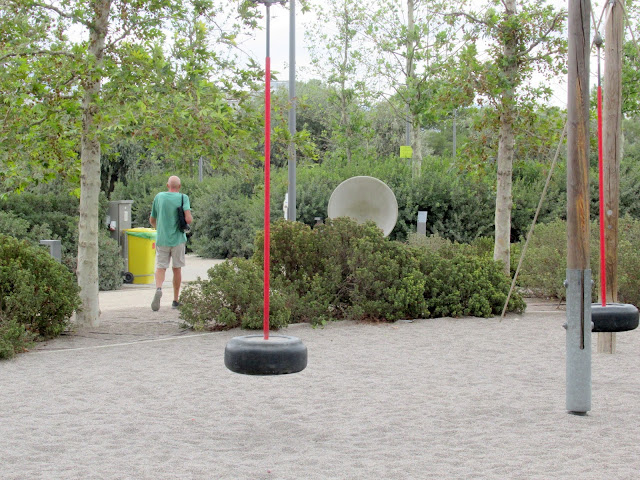



















No comments:
Post a Comment